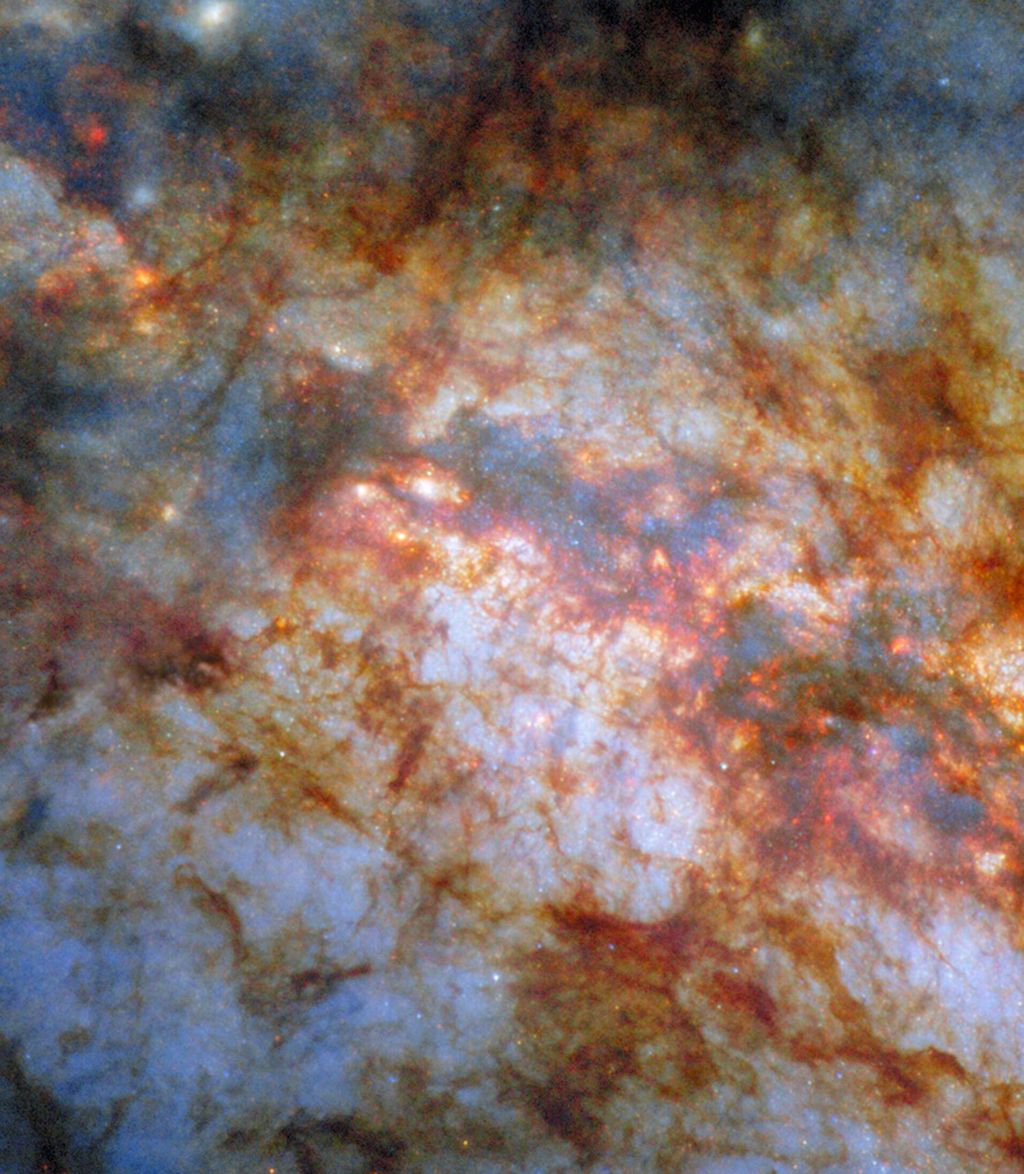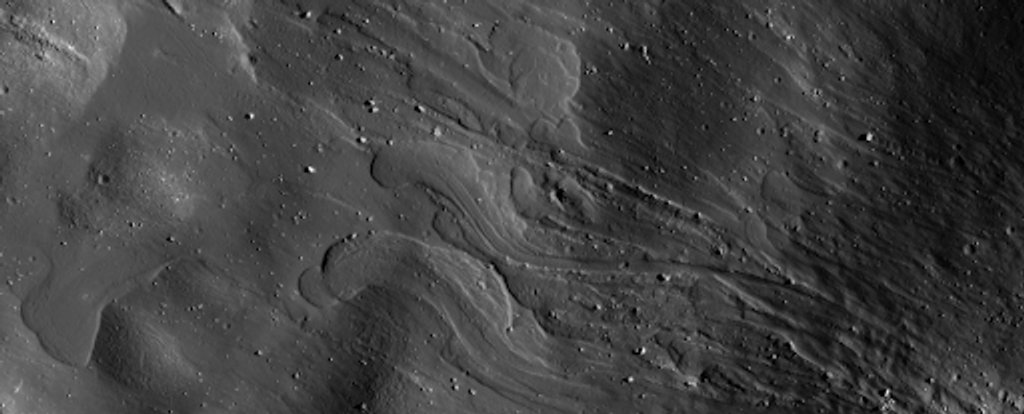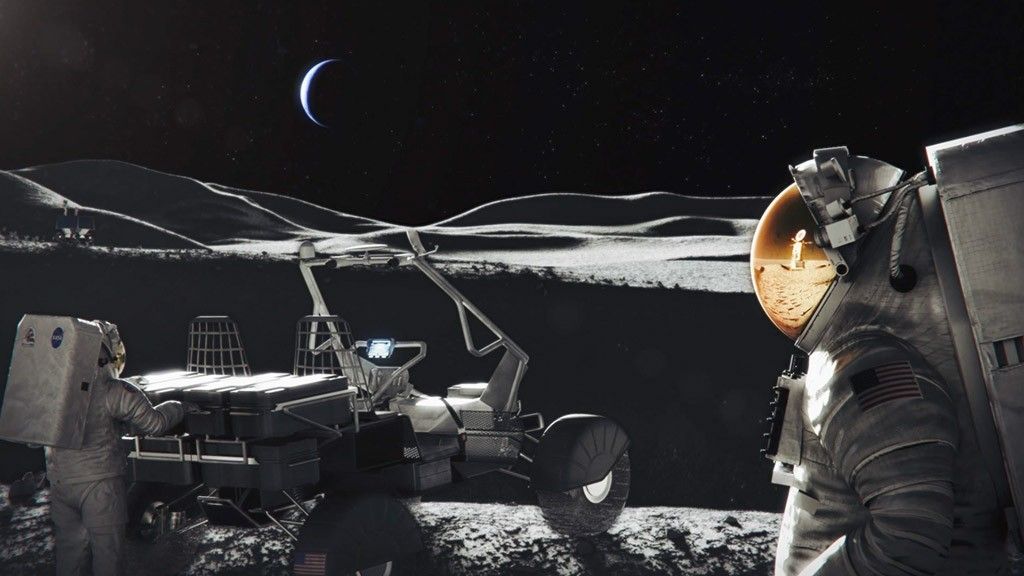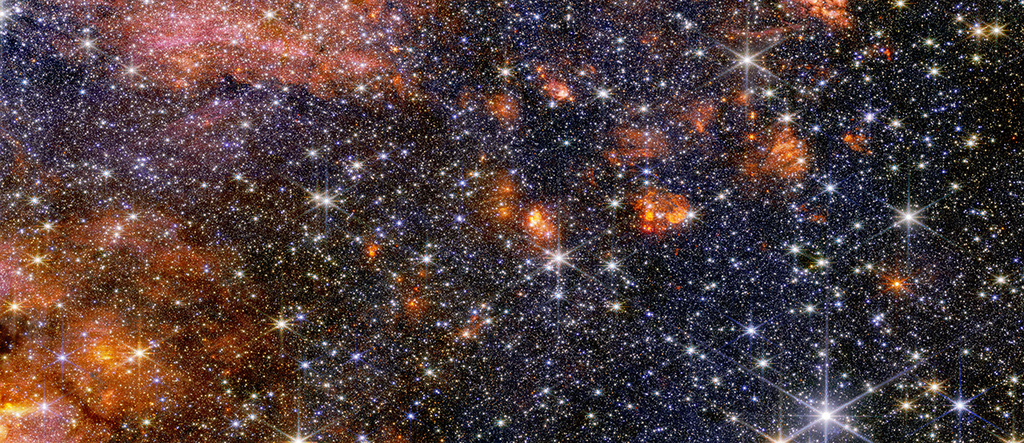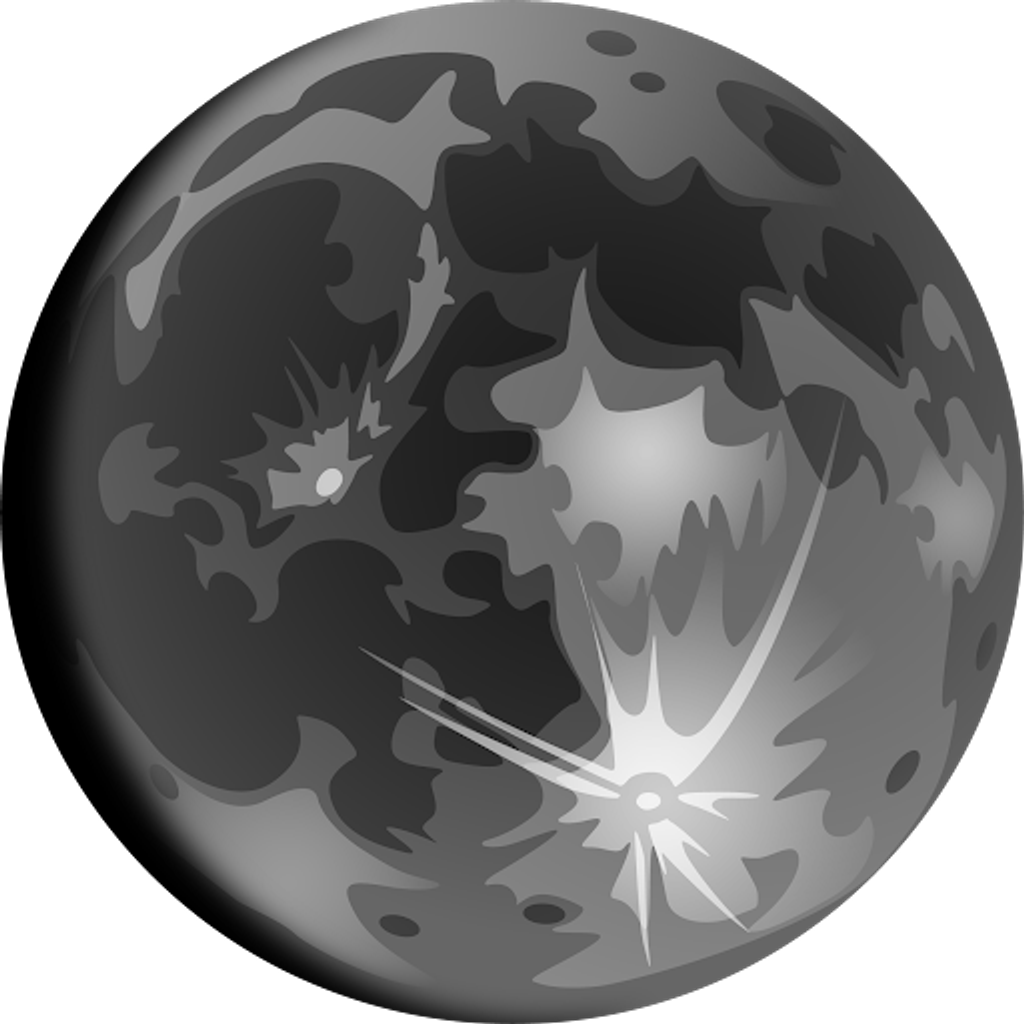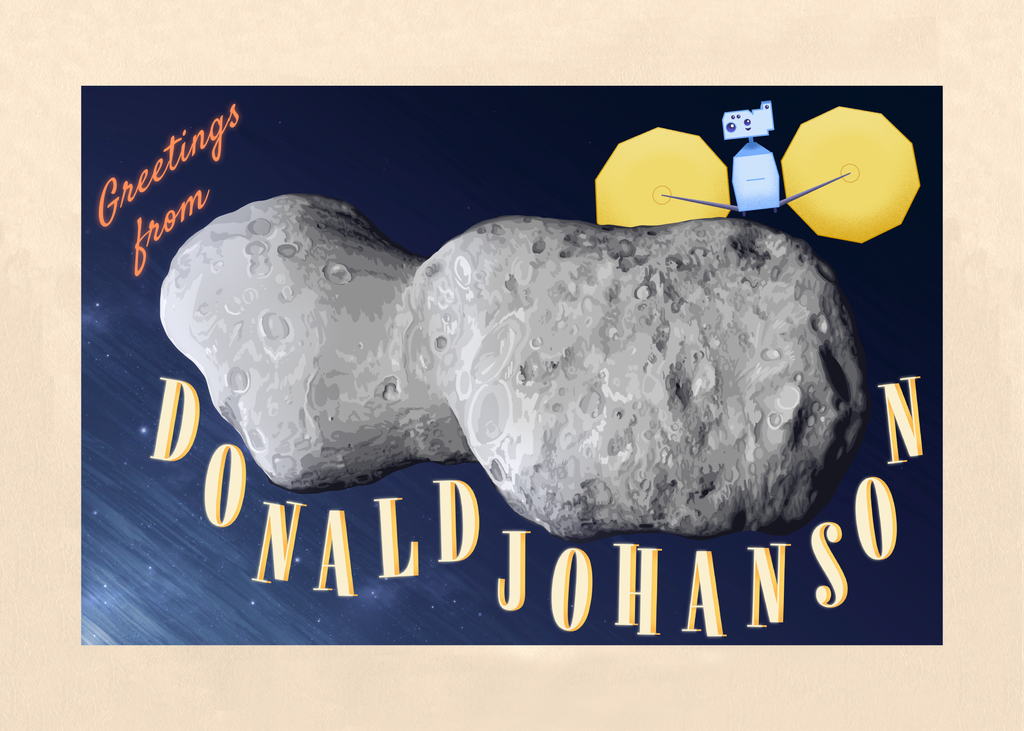Infrared Astronomy
Beyond Visible Light
The rainbow of light that the human eye can see is a small portion of the total range of light, known in science as the electromagnetic spectrum. Telescopes can be engineered to detect light outside the visible range to show us otherwise hidden regions of space. The James Webb Space Telescope detects near- and mid-infrared wavelengths, the light beyond the red end of the visible spectrum.
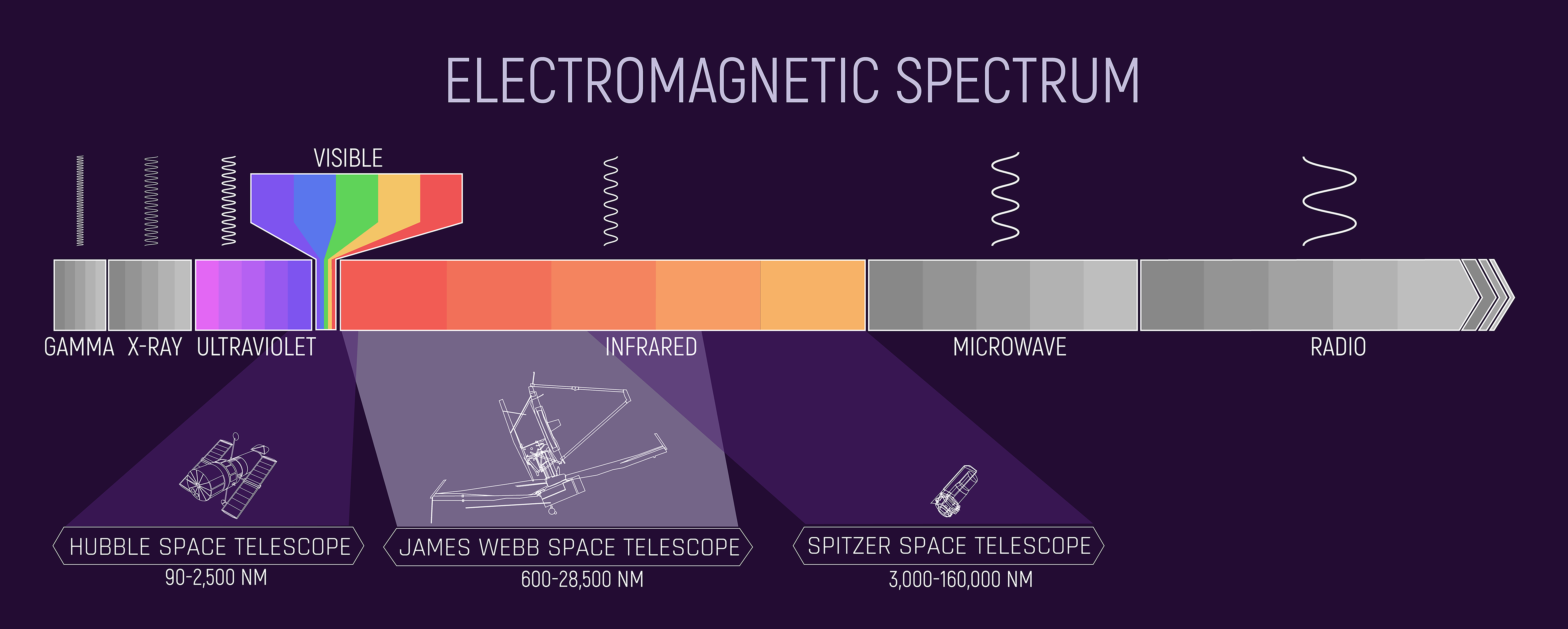
Infrared light reveals new details in images, deepening our understanding of celestial objects. To explore what we can learn from other wavelengths of light, click through some of NASA's Universe of Learning ViewSpace Interactives.
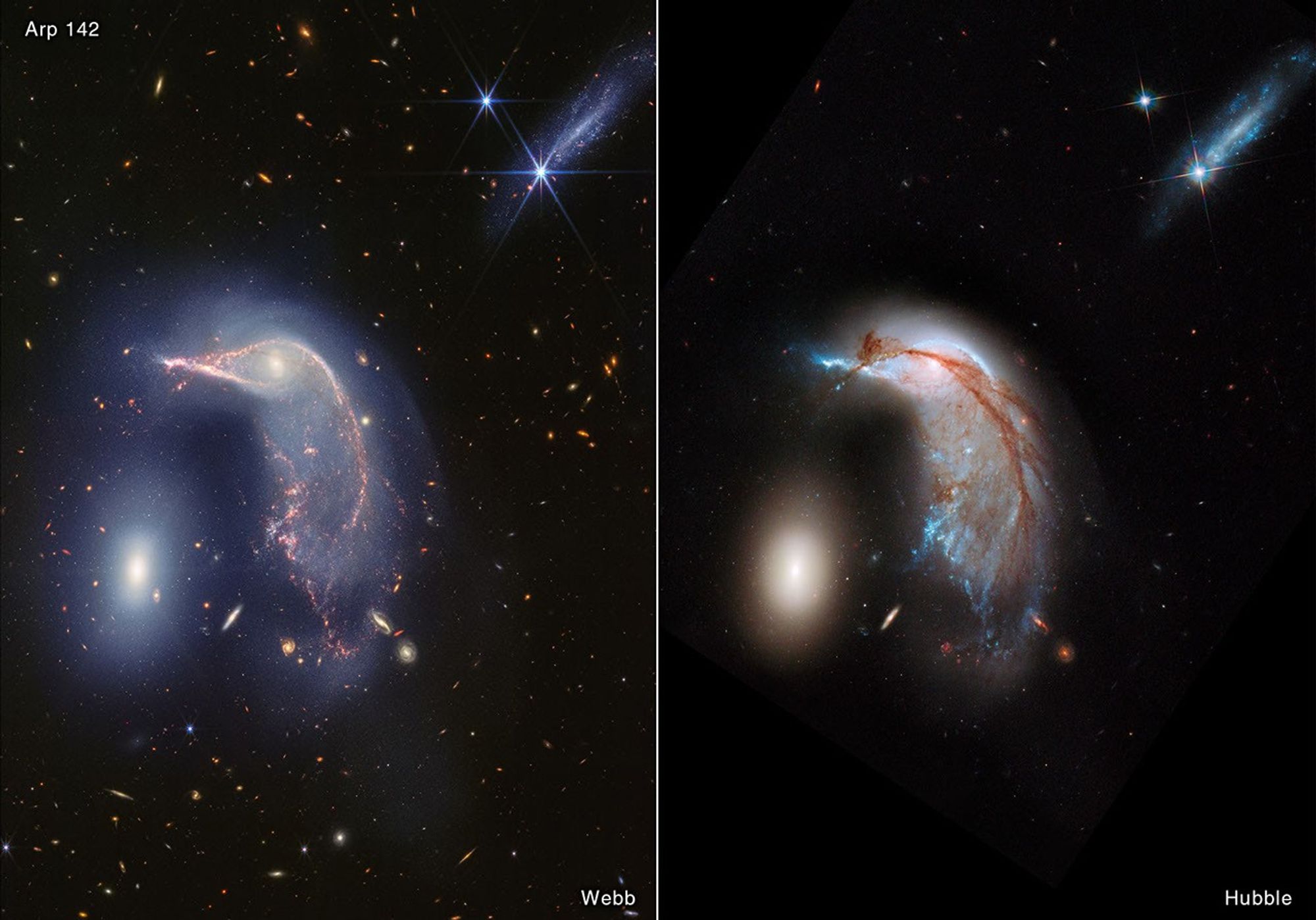
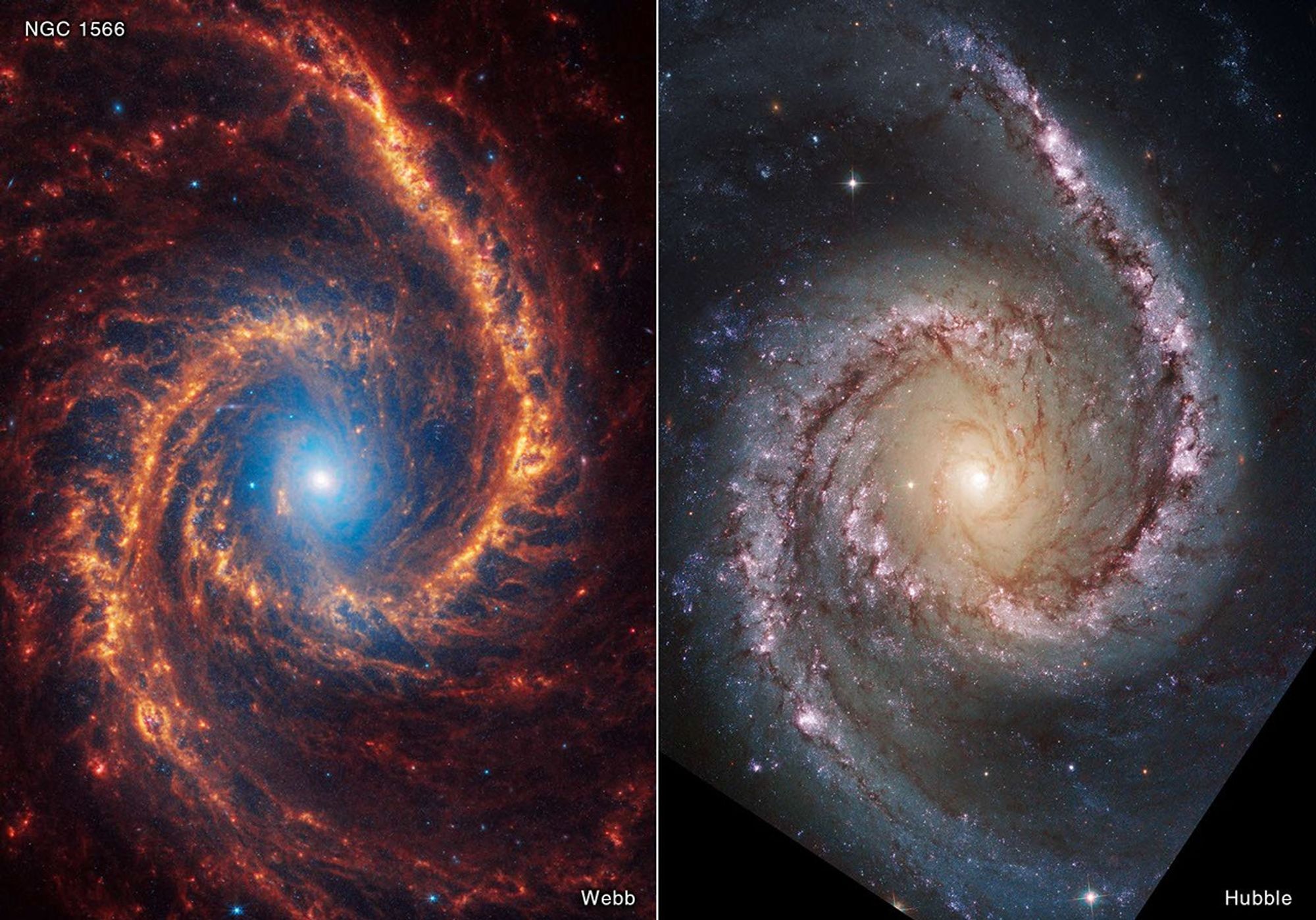
Infrared Light Is Important to Astronomy in Three Major Ways
First, some objects are better observed in infrared wavelengths. Some bodies of matter that are cool and do not emit much energy or visible brightness, like people or a young planet, still emit infrared light. Humans perceive this as heat, while some other animals, like snakes, are able to “see” infrared energy.
Visible light’s short, tight wavelengths are prone to bouncing off dust particles, making it hard for visible light to escape from a dense nebula. Longer wavelengths of infrared light slip past dust more easily, which means that instruments that detect infrared light — like those on Webb — are able to observe objects that emit light inside dusty clouds. Low-energy brown dwarfs and young protostars forming in the midst of a nebula are among the difficult-to-observe cosmic objects that Webb can study. In this way, Webb works to reveal a “hidden” universe of star and planet formation that is literally not visible otherwise.
Finally, infrared light holds clues to many mysteries from the beginning of everything, including some of the first generations of stars and galaxies in the early universe. Through a process called cosmological redshift, light is stretched as the universe expands, so light from stars that is emitted in shorter ultraviolet and visible wavelengths is stretched to longer wavelengths of infrared light.
Observations of these early days in the universe’s history shed light on perplexing questions of dark matter and dark energy, black holes, galaxy evolution over time, what the first generations of stars were like, and how we arrived at the universe we experience today.




